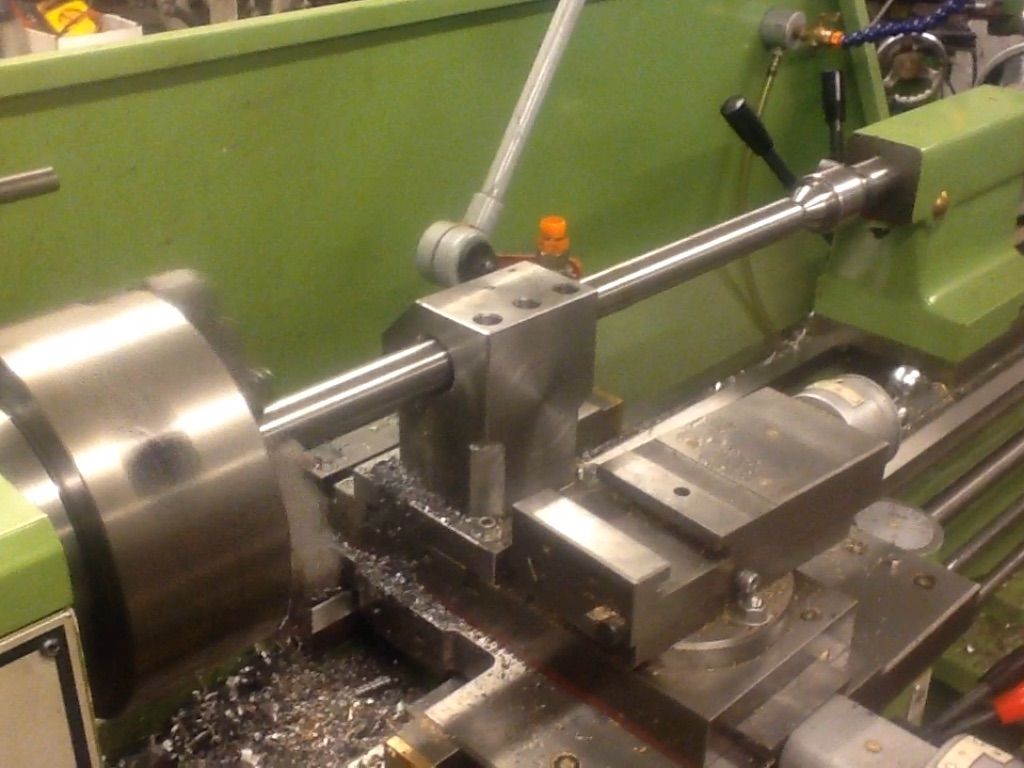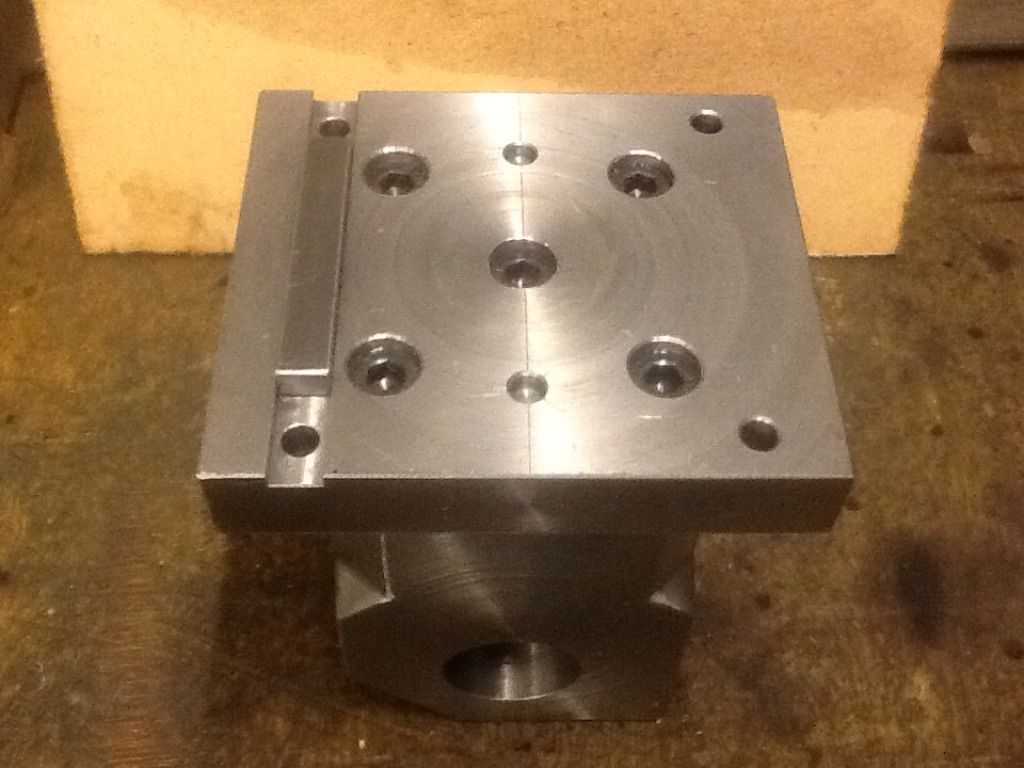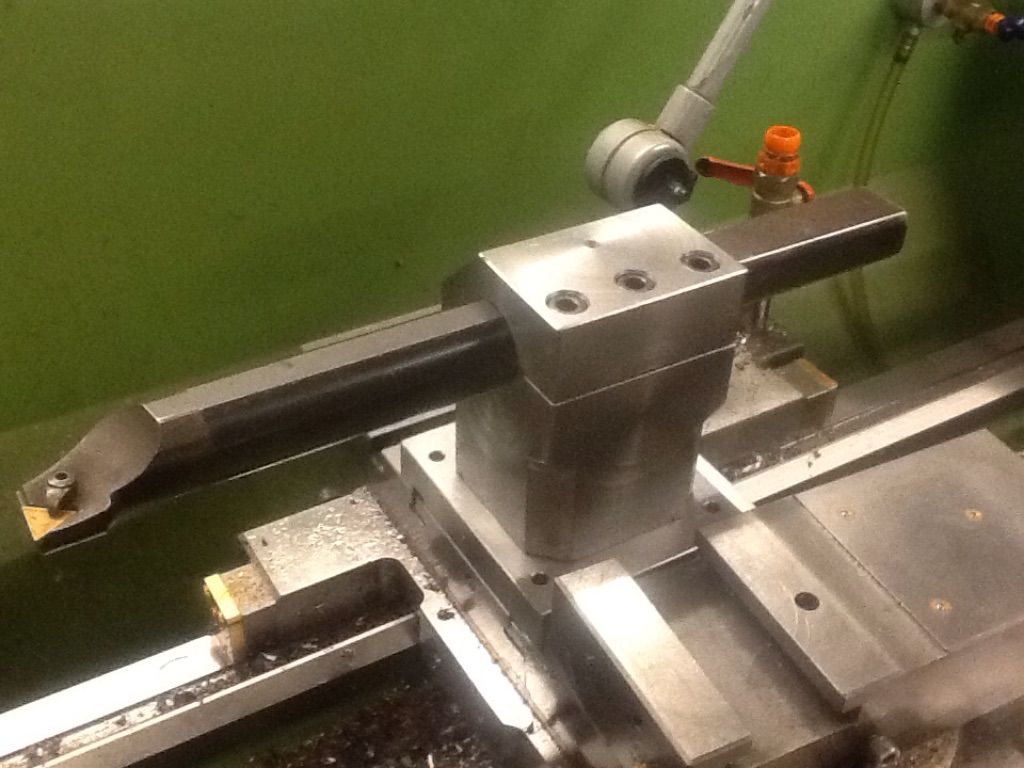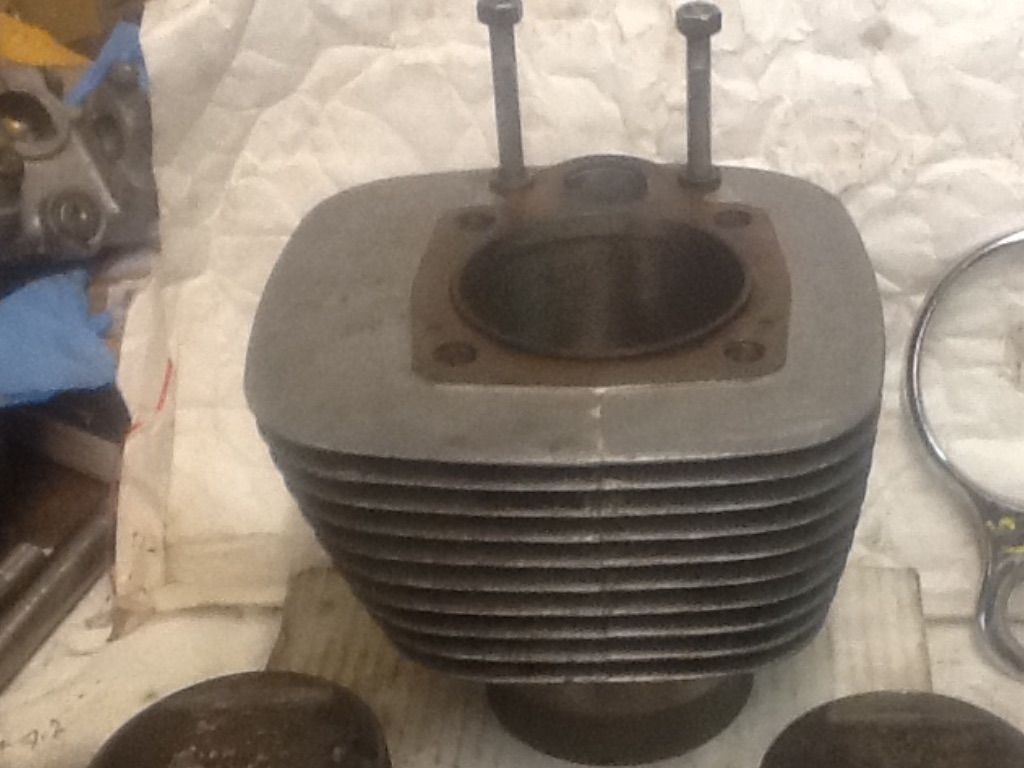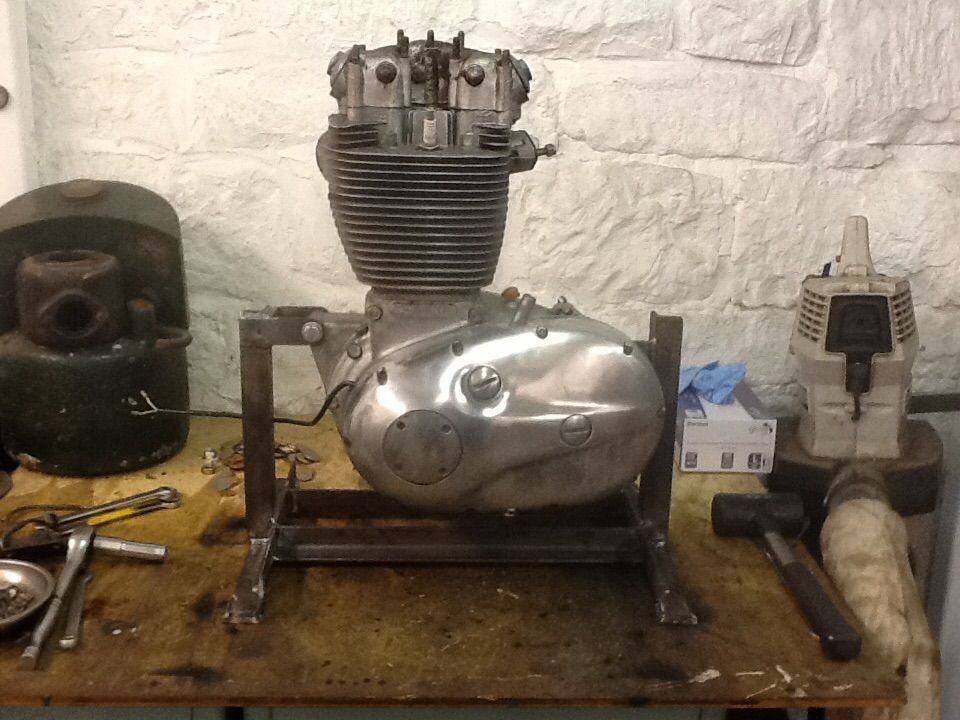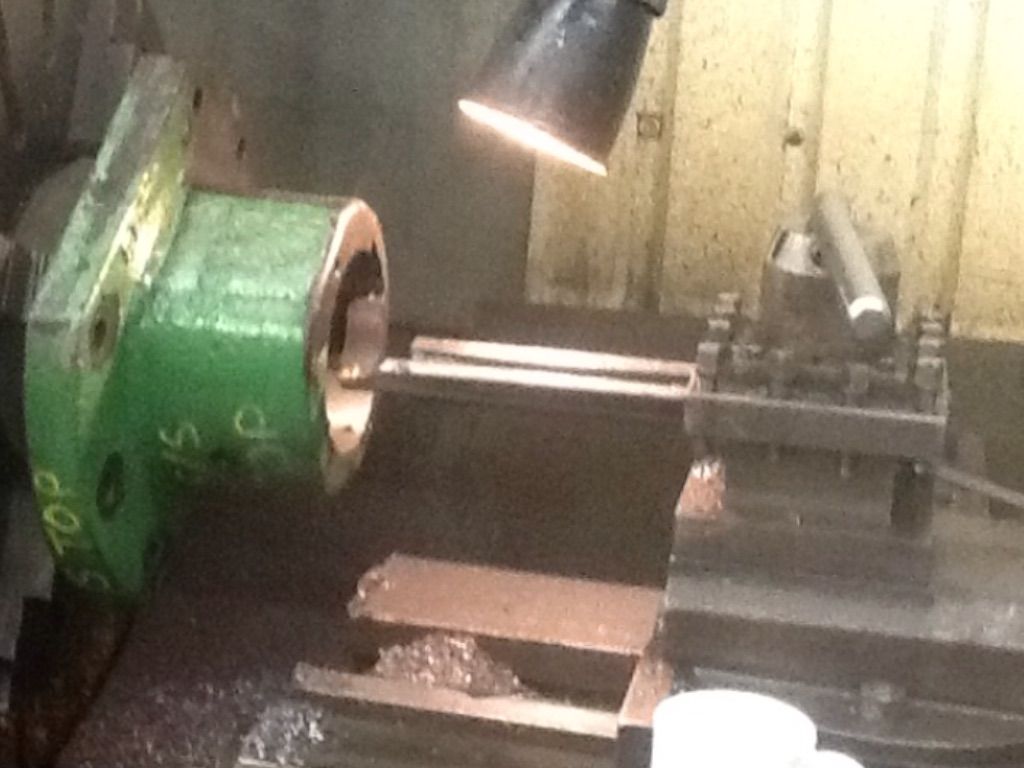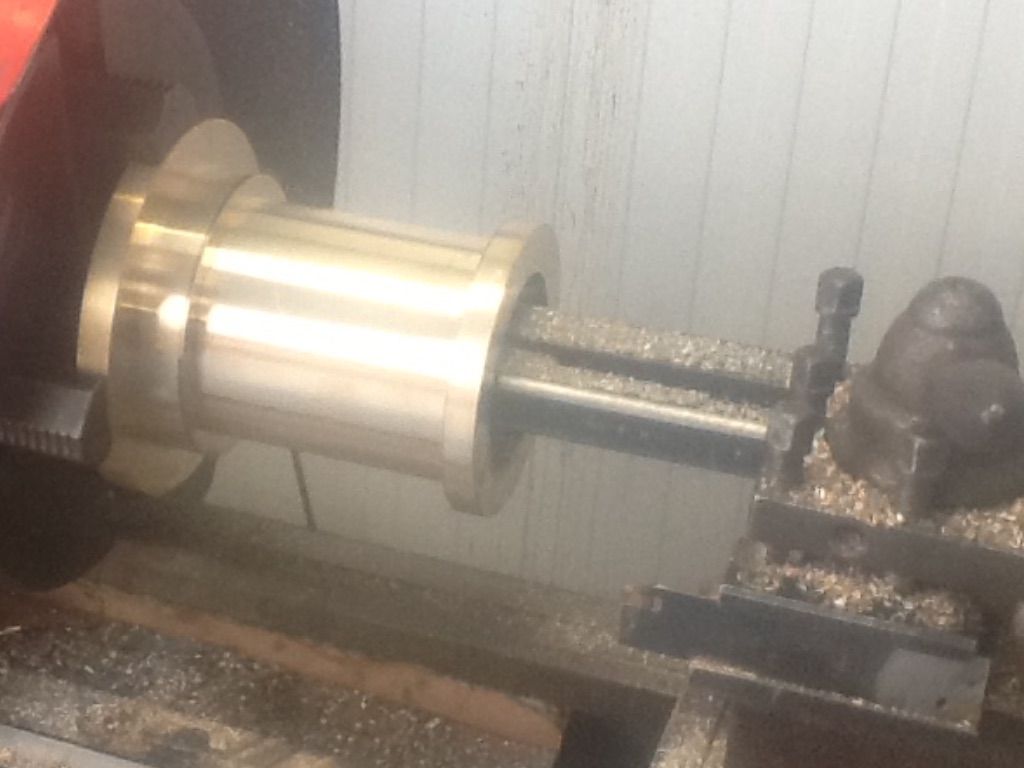Boring bar toolpost.
Boring bar toolpost.
- This topic has 29 replies, 14 voices, and was last updated 5 November 2019 at 18:59 by
Lathejack.
- Please log in to reply to this topic. Registering is free and easy using the links on the menu at the top of this page.
Latest Replies
Viewing 25 topics - 1 through 25 (of 25 total)
-
- Topic
- Voices
- Last Post
Viewing 25 topics - 1 through 25 (of 25 total)
Latest Issue
Newsletter Sign-up
Latest Replies
- Lantern Pinion
- Emco FB2 and Maximat Mill?
- Lathe floor height?
- Some help with a Cowells speed controller needed.
- Armortek series 1 landrover kit
- Boiler Examinations: 7-yearly External Query
- 24cc DIESEL ENGINE FROM SOLID
- Anyone know about wells and Victorian plumbing?
- Bending EN24t
- Fitting DRO to Myford VME mill.


